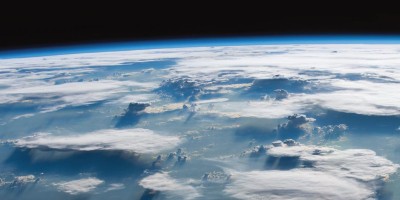The latitude of the tropical rainbelt is constrained by the energy balance between hemispheres. An expansion of this theory that includes longitudinal variations of atmospheric heating can predict regional changes in tropical precipitation.

References
Kang, S. M., Held, I. M., Frierson, D. M. W. & Zhao, M. J. Clim. 21, 3521–3532 (2008).
Boos, W. R. & Korty, R. L. Nat. Geosci. 9, 892–897 (2016).
Frierson, D. M. W. et al. Nat. Geosci. 6, 940–944 (2013).
Sachs, J. et al. Nat. Geosci. 2, 519–525 (2009).
Arbuszewski, J. A., deMenocal, P. B., Cleroux, C., Bradtmiller, L. & Mix, A. Nat. Geosci. 6, 959–962 (2013).
Donohoe, A., Marshall, J., Ferreira, D. & McGee, D. J. Clim. 26, 3597–3618 (2013).
Taylor, K., Stouer, R. & Meehl, G. Bull. Am. Meteorol. Soc. 93, 485–498 (2012).
Braconnot, P. et al. Clim. Past 3, 261–277 (2007).
Author information
Authors and Affiliations
Corresponding author
Rights and permissions
About this article
Cite this article
Donohoe, A. Energy and precipitation. Nature Geosci 9, 861–862 (2016). https://doi.org/10.1038/ngeo2846
Published:
Issue Date:
DOI: https://doi.org/10.1038/ngeo2846
- Springer Nature Limited


